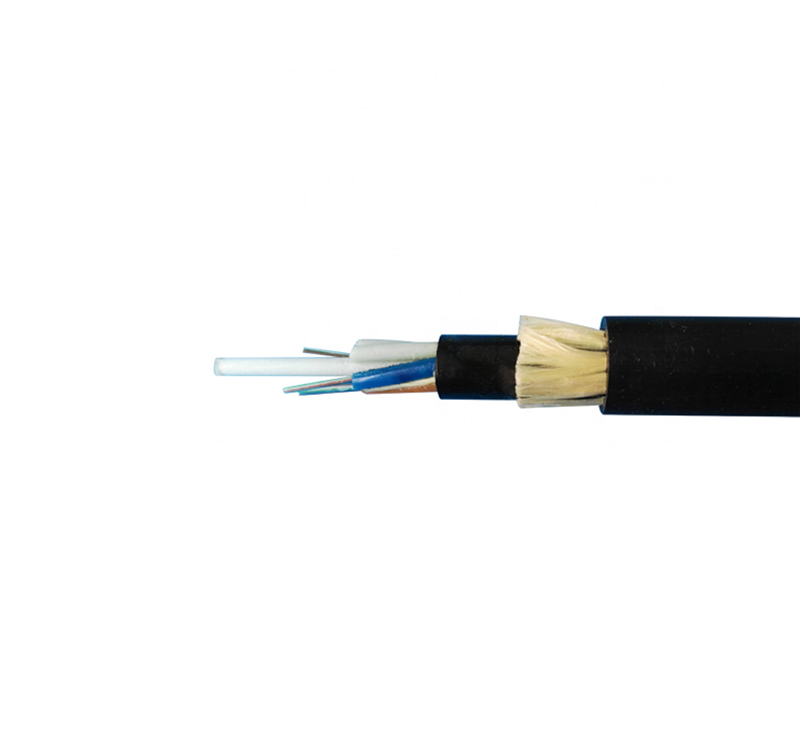1. Port function test: It mainly tests whether each port can work normally in the duplex state of 10Mbps, 100Mbps and half-duplex state. At the same time, it should be tested whether each port can automatically select the highest transmission speed and automatically match the transmission rate of other devices.
2. Compatibility test: mainly test the connection ability between the optical fiber transceiver and other devices compatible with Ethernet and Fast Ethernet (including network card, HUB, Switch, optical network card, optical switch). The requirement must be able to support the connection of compatible products.

3. Cable connection characteristics: First, test the connection ability of Category 5 network cables with lengths of 100m and 10m, and test the connection ability of Category 5 network cables (120m) of different brands of optical fiber transceivers. During the test, the optical port of the transceiver is required to have a connection capability of 10Mbps and 100Mbps, and the highest must be able to connect to a full-duplex 100Mbps without transmission errors.
4. Transmission characteristics (transmission loss rate of data packets of different lengths, transmission speed): mainly test the packet loss rate when the optical fiber transceiver optical port transmits different data packets, and the connection speed at different connection rates. For the packet loss rate, you can use the test software that comes with the network card to test the packet loss rate when the packet size is 64, 512, 1518, 128 (optional) and 1000 (optional) bytes under different connection rates. , the number of packet errors, the number of packets sent and received must be more than 2,000,000. Test transmission speed can use perform3, ping and other software.
5. The compatibility of the whole machine to the transmission network protocol: mainly to test the compatibility of the optical transceiver to the network protocol, which can be tested in Novell, Windows and other environments, and the following low-level network protocols must be tested: TCP/IP, IPX, NETBIOS, DHCP Wait, test the protocol that needs to be broadcast. Optical transceivers are required to support these protocols (VLAN, QOS, COS, etc.).
6. Indicator light status test: Test whether the status of the indicator light is the same as that of the panel, the description in the user manual, and whether it is the same as the current state of the fiber optic transceiver.
7. Measure the after-sales service of the manufacturer. Just imagine, if your equipment is broken and the manufacturer has not solved the problem for a few days, how much is your loss? Therefore, in order to enable the after-sales service to respond in a timely manner, it is recommended that you choose the local area It is a professional brand company with strong strength, superb technical force and good reputation. Only the technical engineers of professional companies have rich experience in troubleshooting, and the tools for detecting faults are more advanced!










